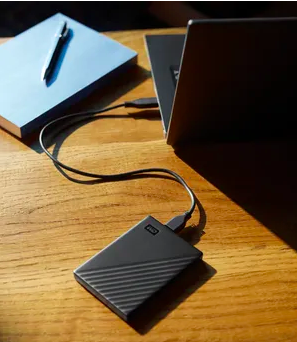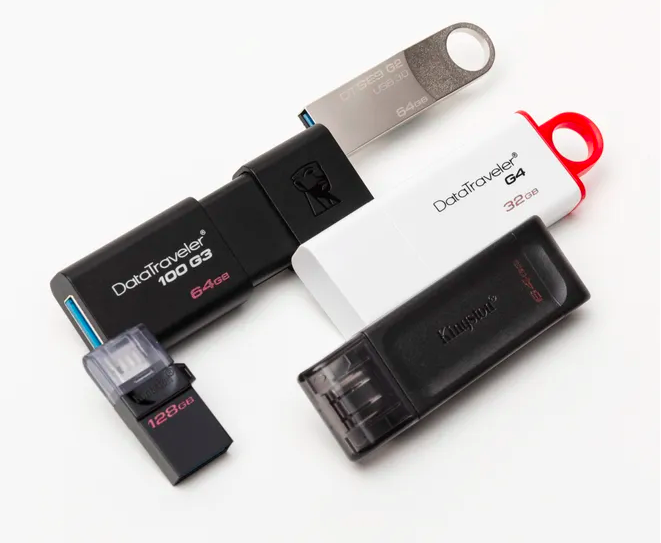Storage in the cloudAn increasingly popular option is to back up your files to one of the free password-protected cloud-based services such as OneDrive, iCloud, Google Drive, and Dropbox. These services store your files online – therefore, protected from local threats.
With cloud services, you can access all your backed-up stuff from virtually any Internet-connected computer, tablet or smartphone in the world. Most cloud services have free apps that make it easy to download or upload files with your mobile device.
Cloud storage is free for a few gigabytes – about 5GB, typically – but that might not be enough for those with a lot of files to back up. It should be ample for documents, but not enough for a lot for photos and videos. Cloud services offer a paid option, too, for additional storage.
“With the cloud, you can be at a friend’s house and realize you need a file, and so simply open your phone or open a browser on a computer and access it,” says Bajarin. “I back up everything on my Mac to iCloud and I pay for the 2TB of storage for $10 a month,” he adds.
True, online cloud services like iCloud can save your files automatically, but many external SSDs and HDDs also have software that does that, too (such as every night at 11:30 p.m.).
Cloud computing can also reduce congestion in someone’s inbox. Rather than trying to email a number of large photos or videos to a family member or colleague, which can clog up their inbox, you can simply store them in the cloud and send a link to download the goods. This is incredibly convenient, and easy to do.
Some downsides: You need an internet connection to access your cloud-stored files, so this option may not be ideal for those who live in areas with slow or spotty broad – band and Wi-Fi or cellular connectivity. Also, you are essentially “renting” storage on a company’s server, therefore when you stop paying you can’t access your files.
A surprising storage optionFinally, a free way to back up your important files is to find a device you may have lying around – like a smartphone, tablet or even a digital photo frame – and plug it into your PC or Mac’s USB port to drag and drop important files over.
After all, there is unused storage here, so if cash is tight, find an old Android smartphone or iPad with a broken screen, and take advantage of its internal memory to create an external backup for your computer.
As long as you do something to back up your important files on a regular basis – and the more you can automate it with software in case you forget – the better you can safeguard your digital life.
Resource:
https://www.usatoday.com/story/tech/columnist/2020/10/03/storage-solutions-protect-and-back-up-treasured-digital-memories/3593991001/



